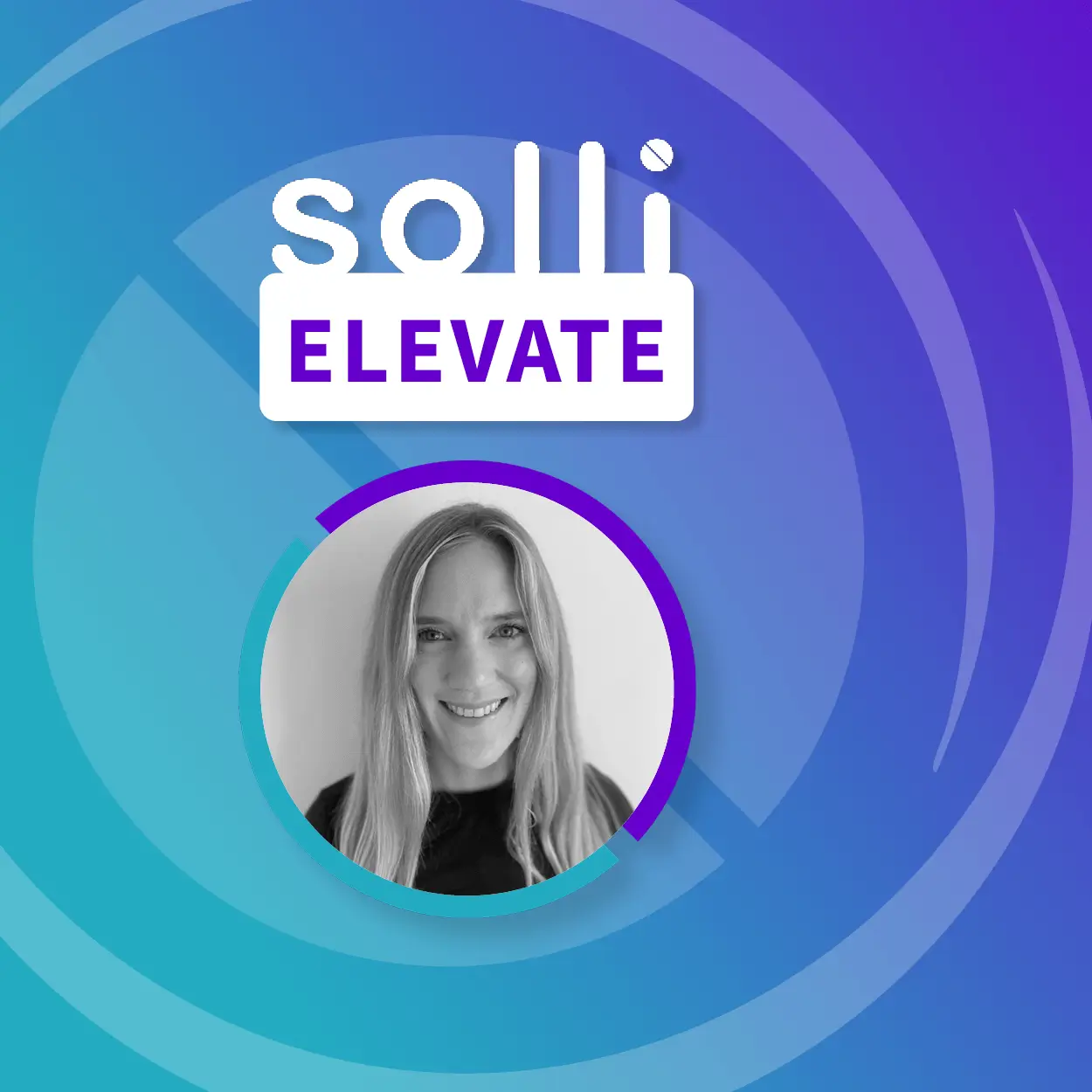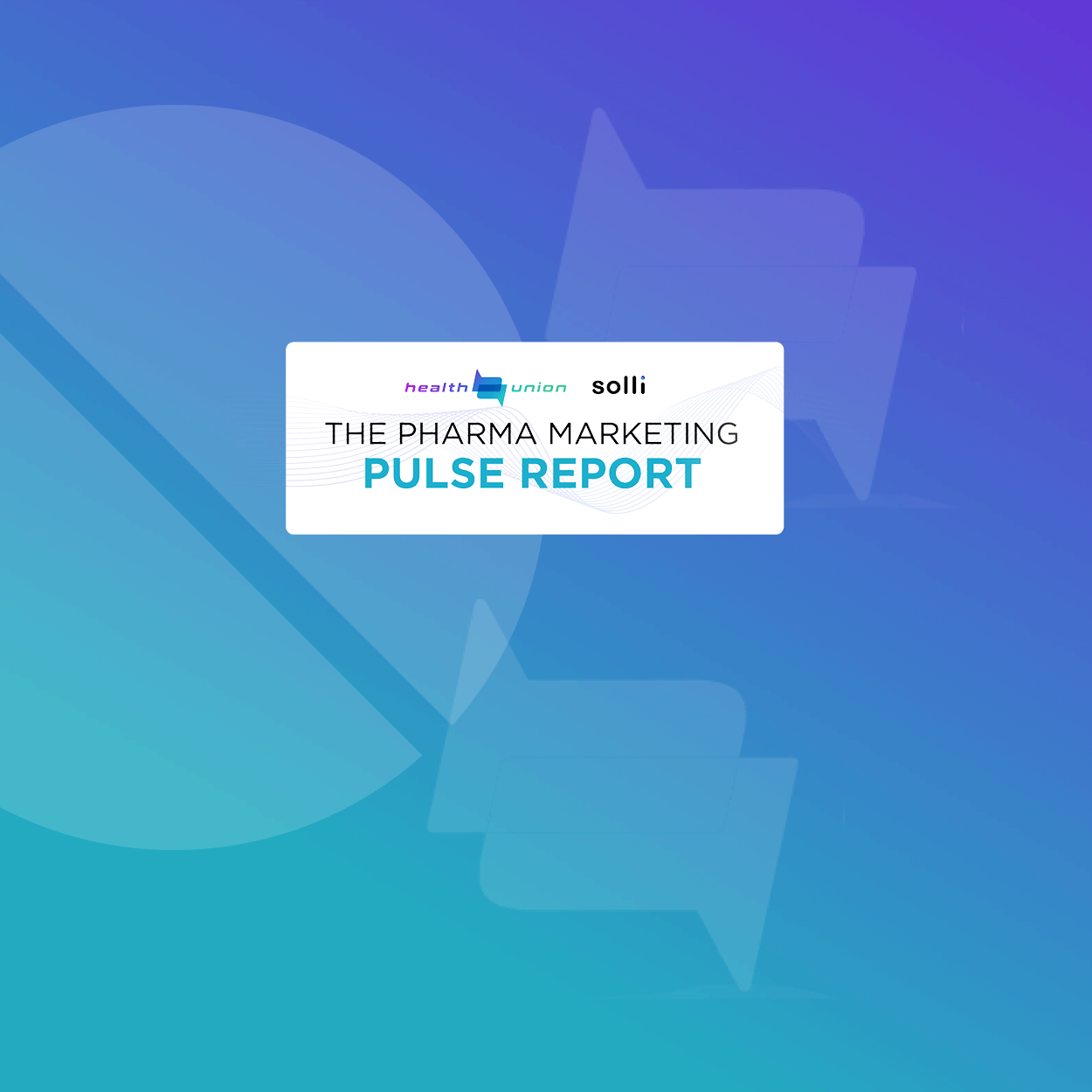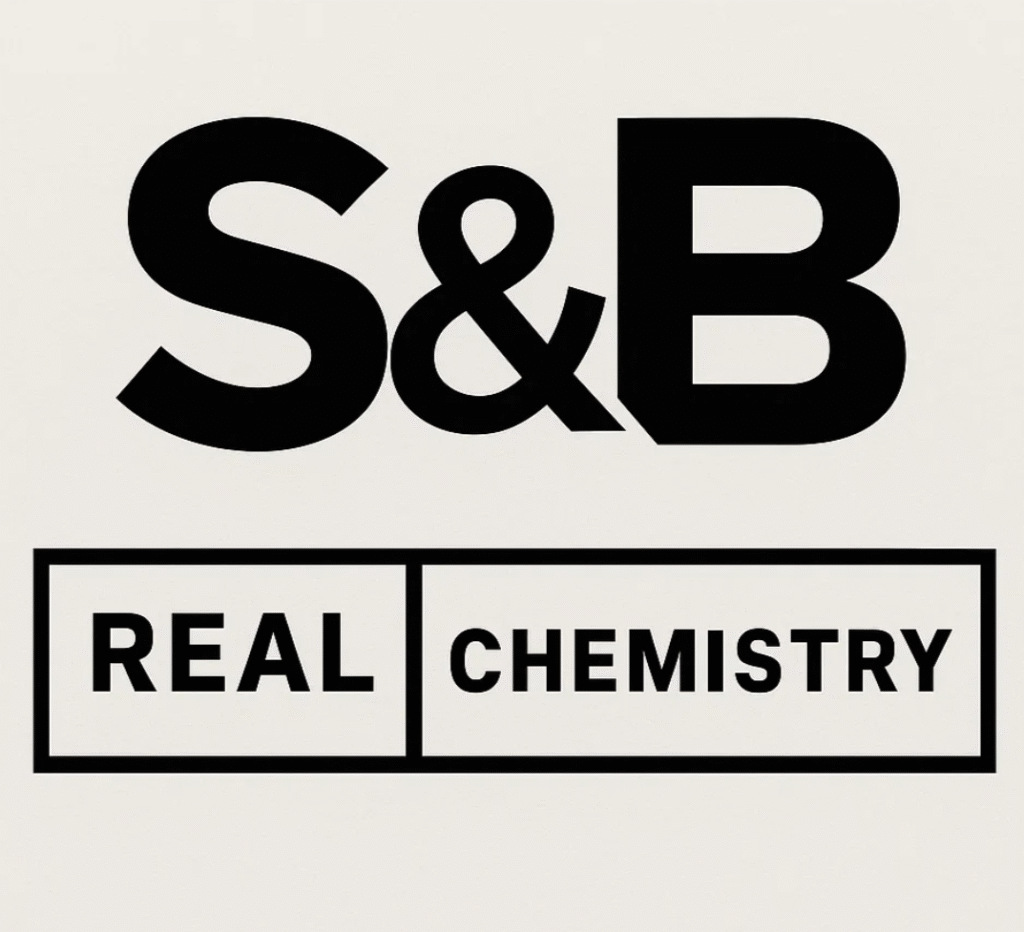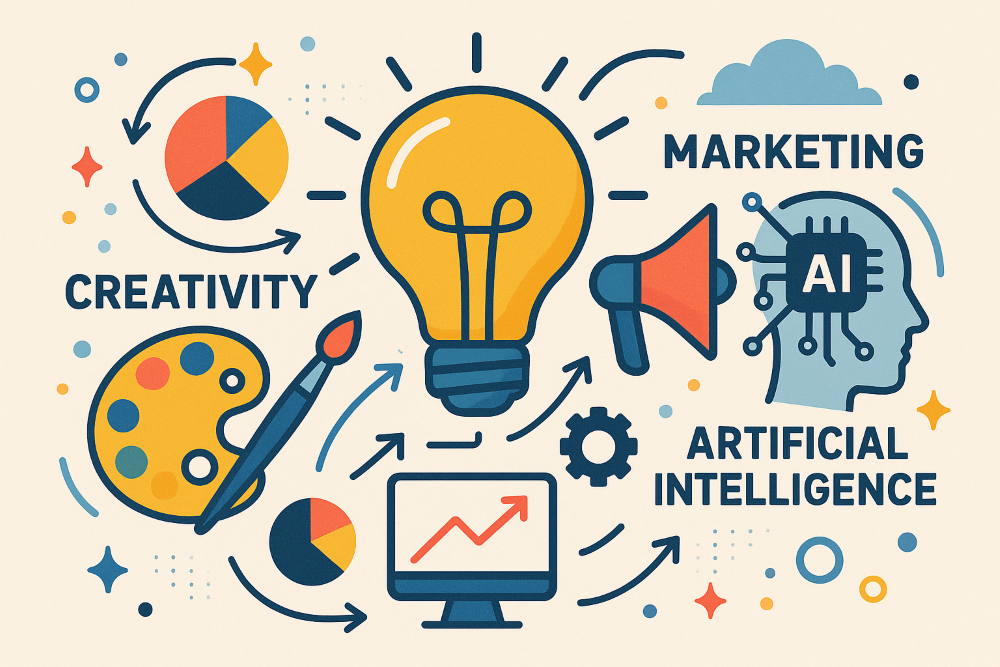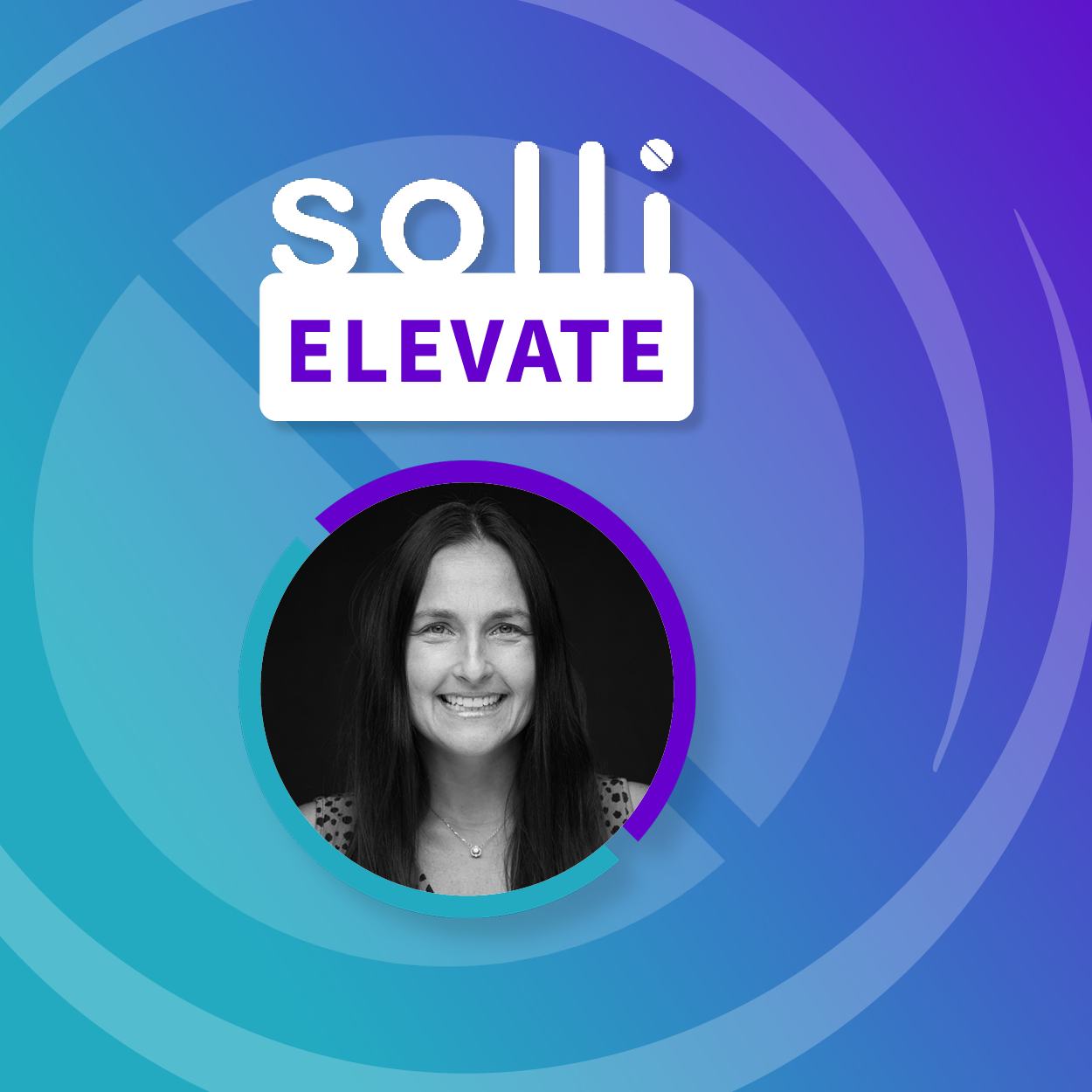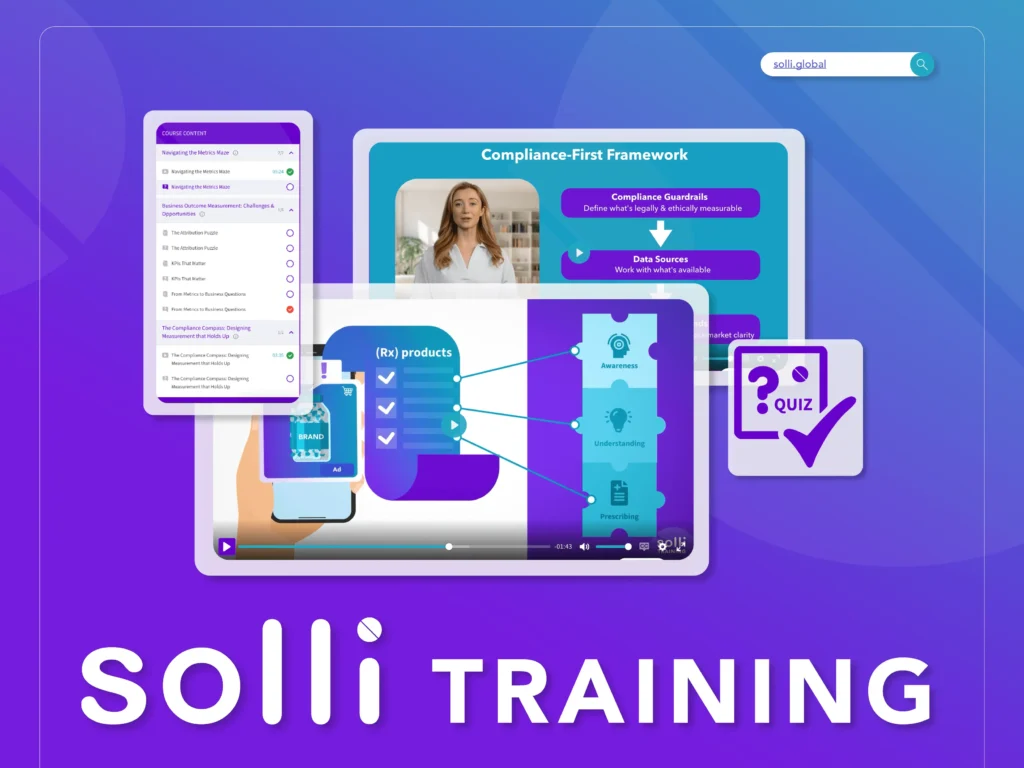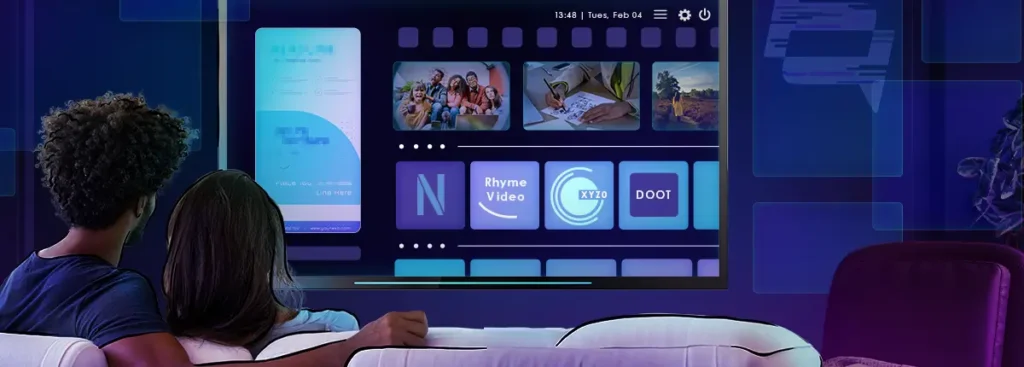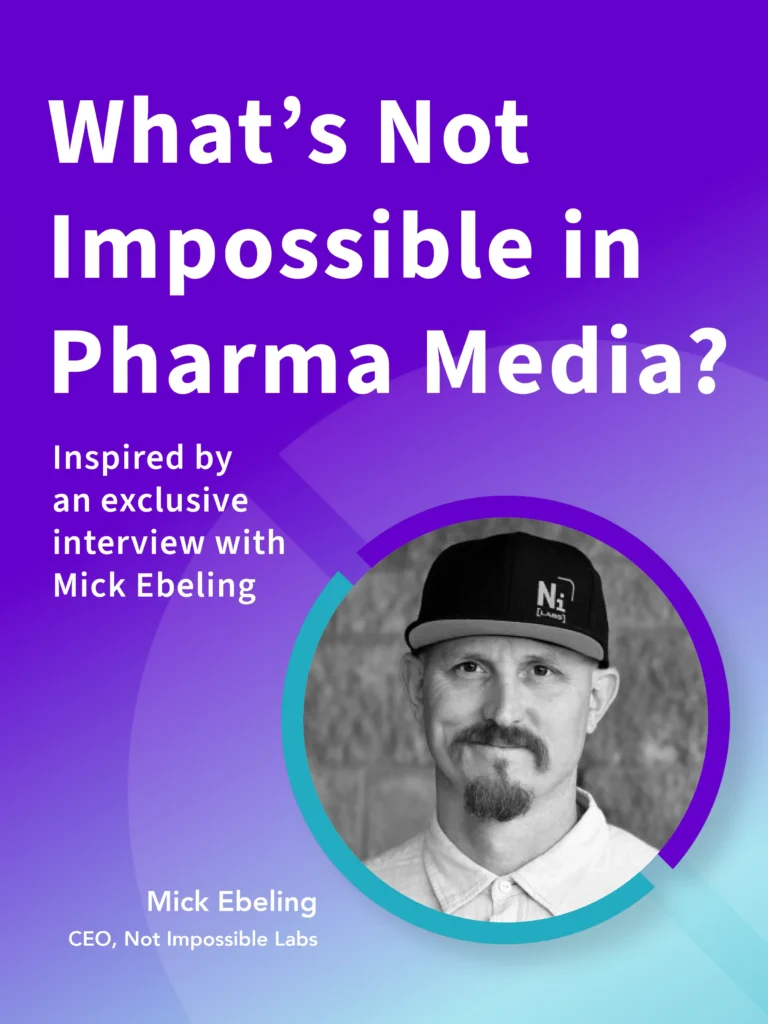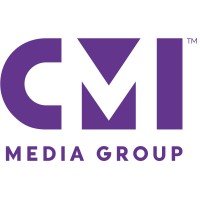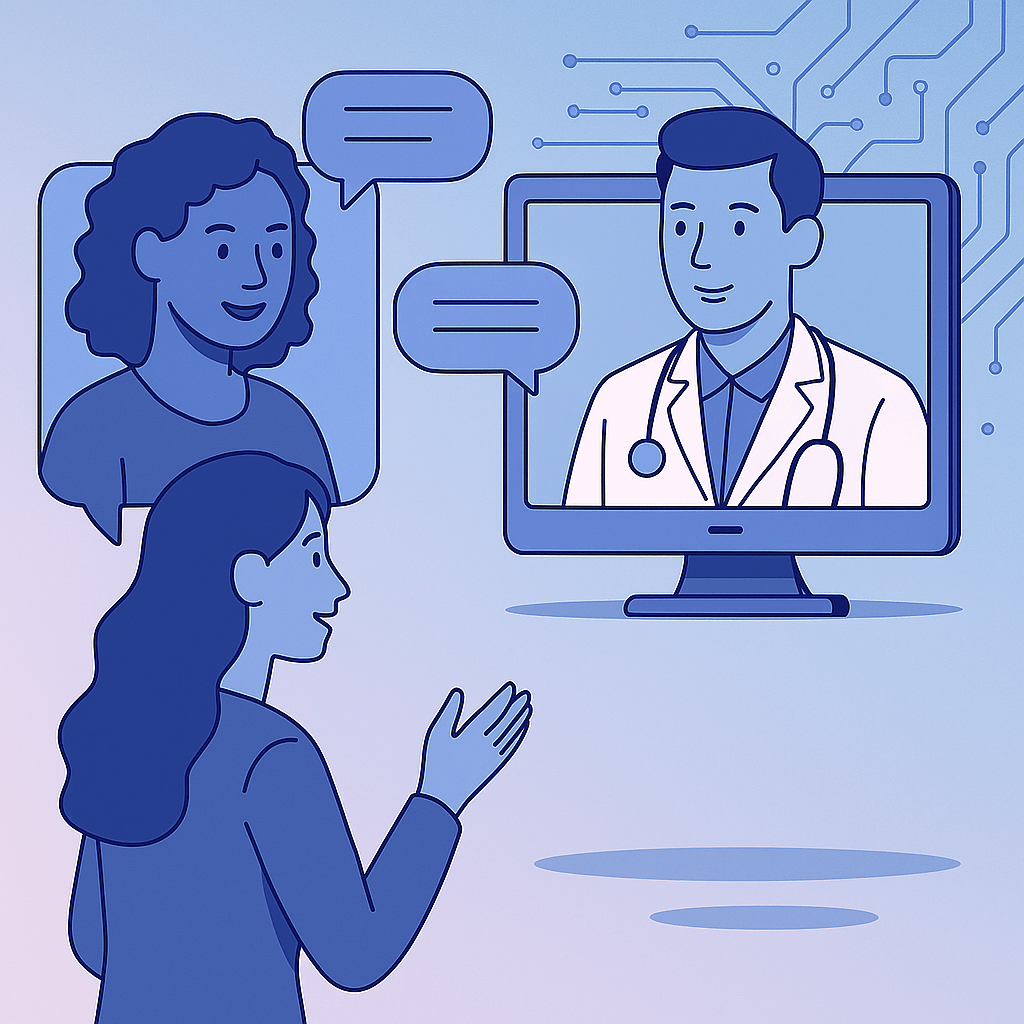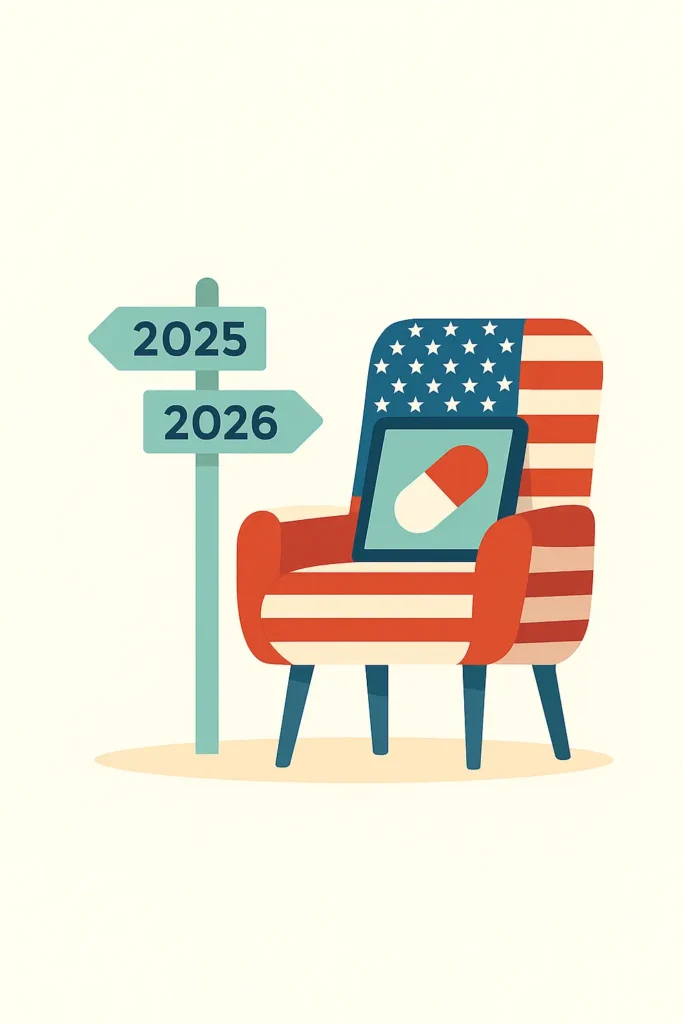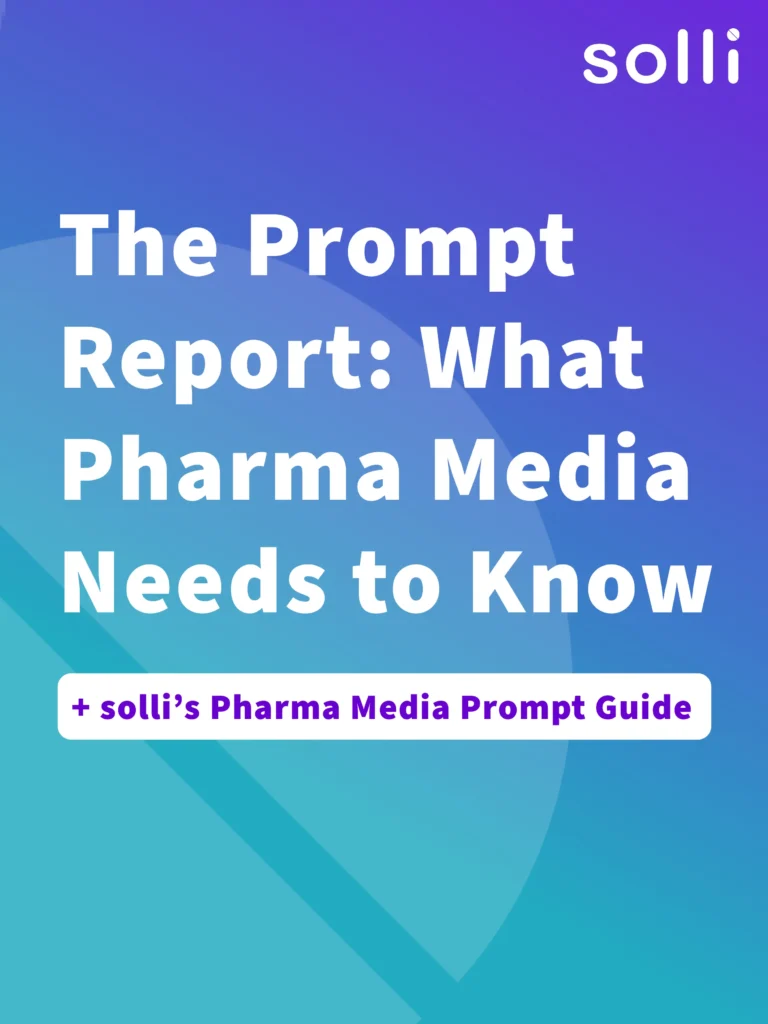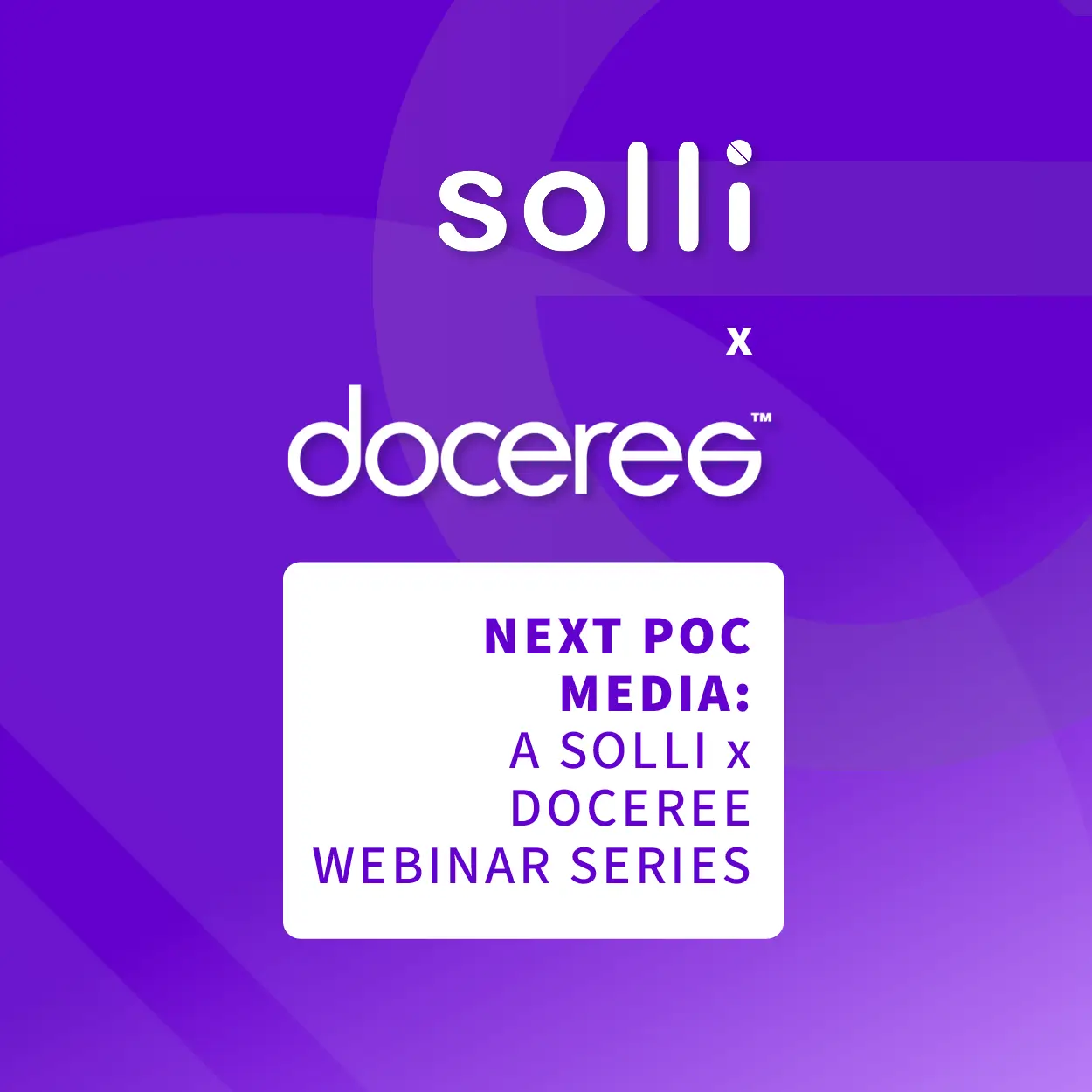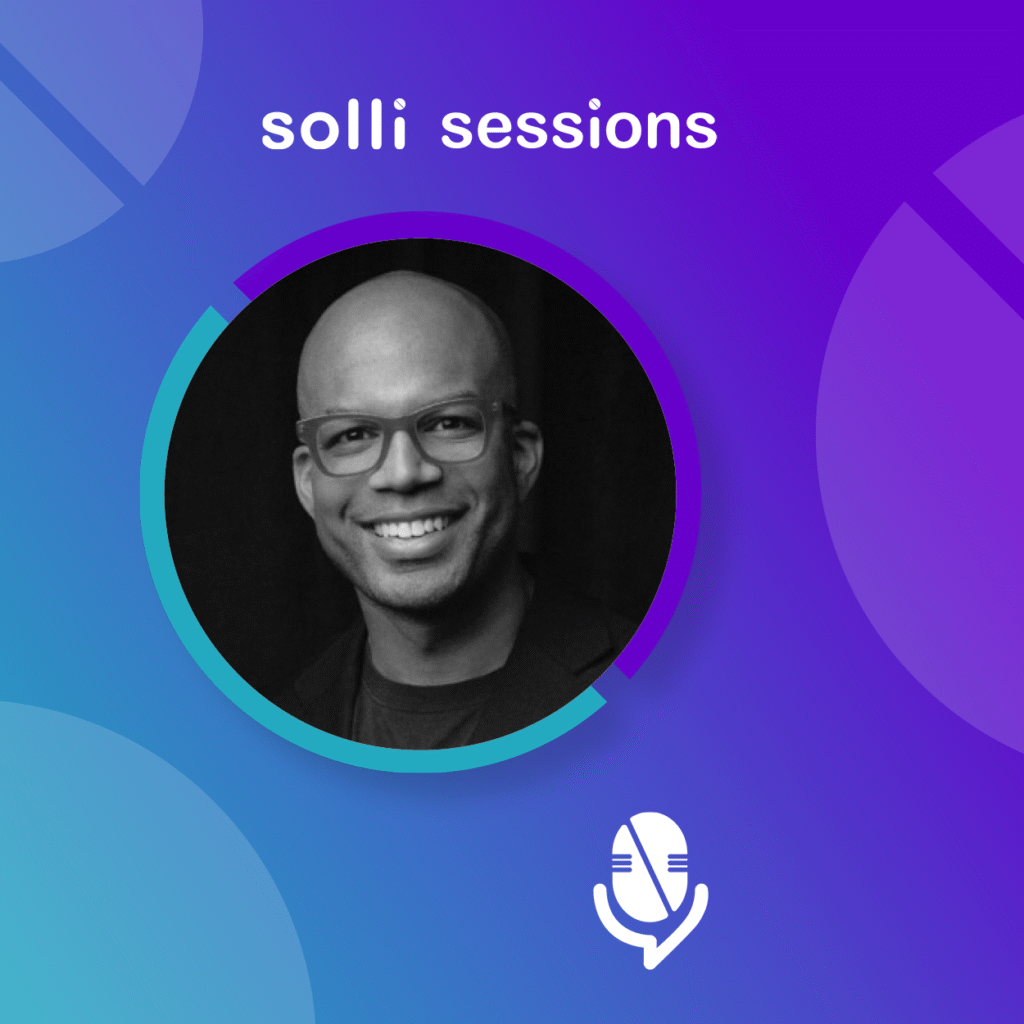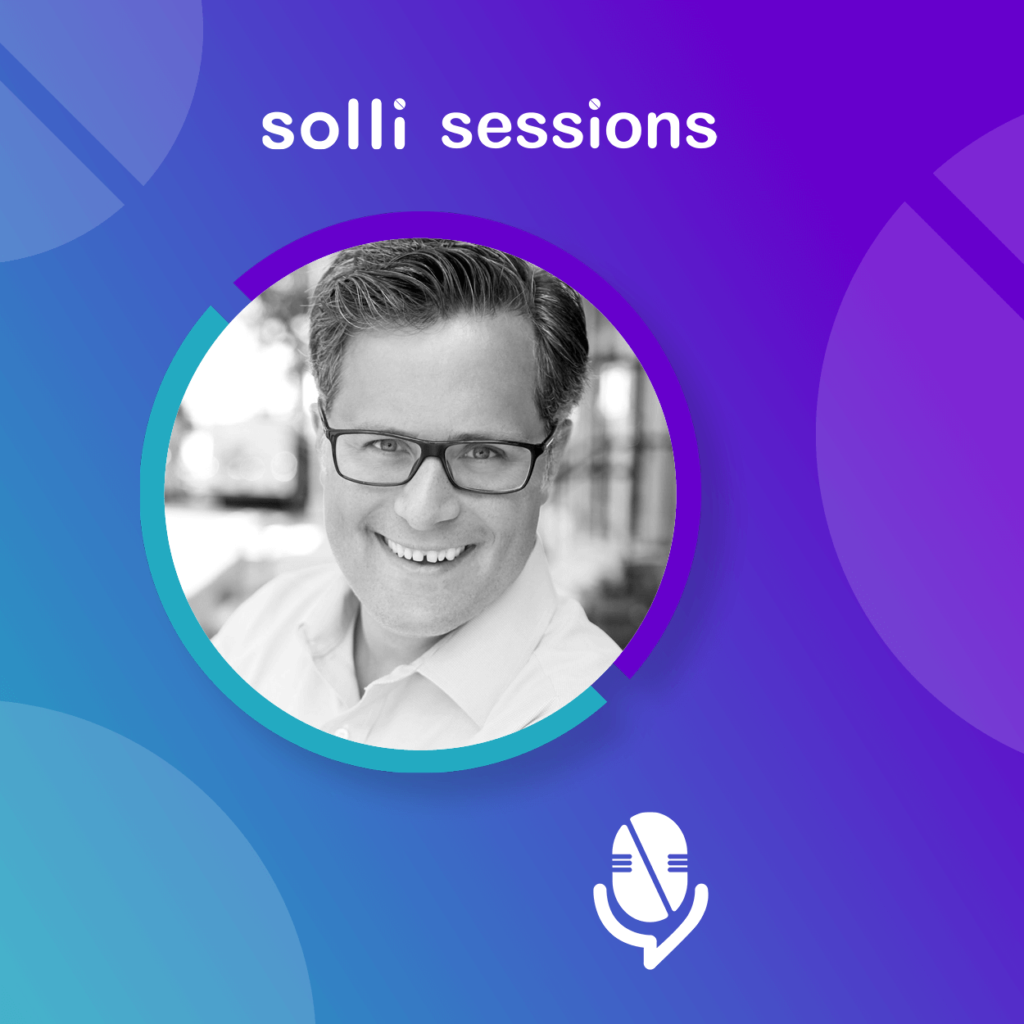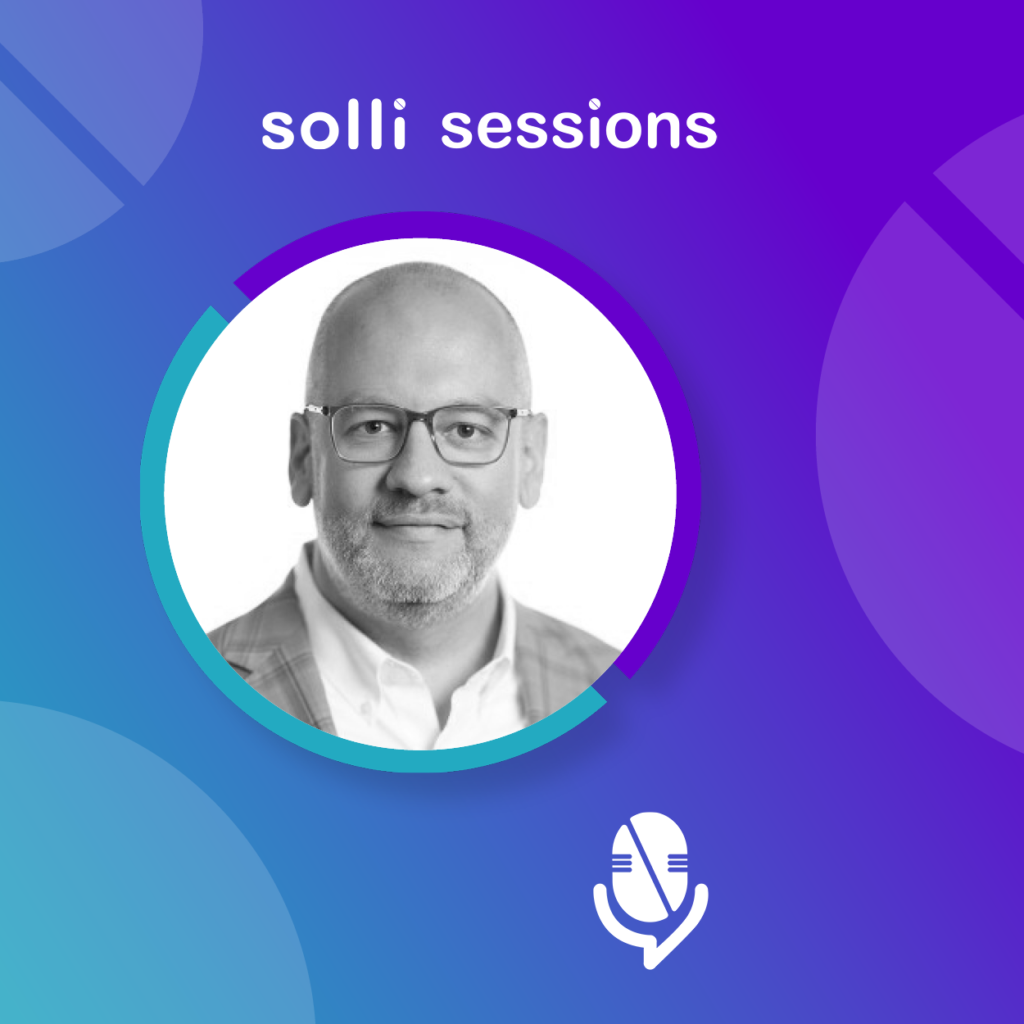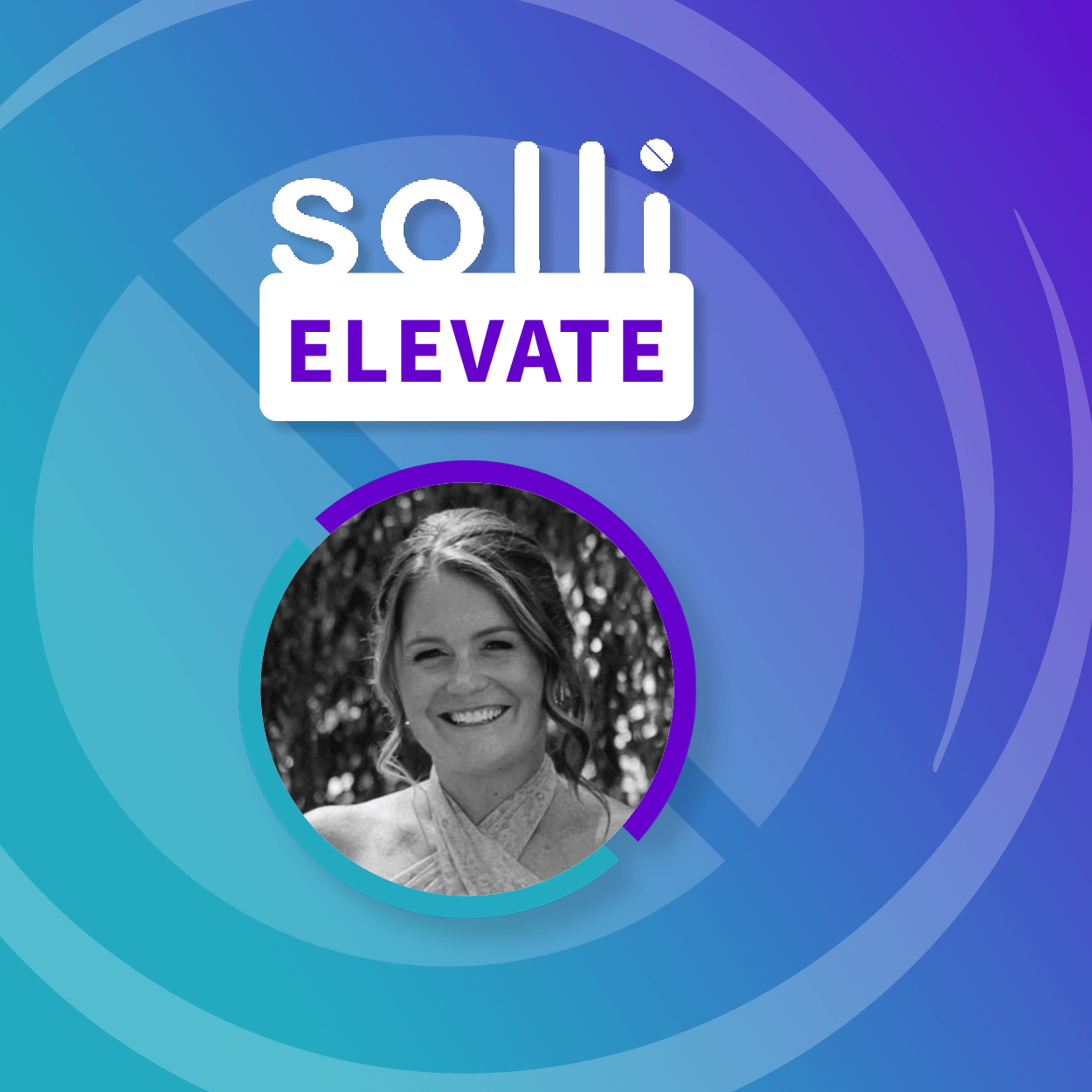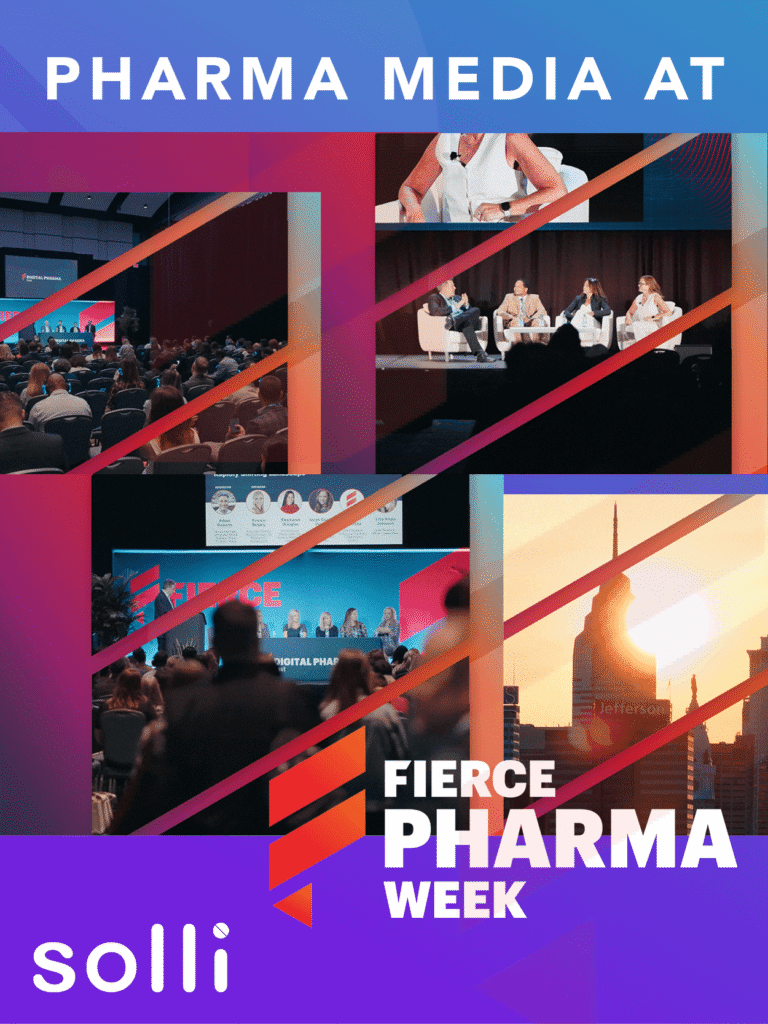The Path From Resistance to Reinvention: AI’s Impact on Healthcare Publishing
How has AI changed the healthcare publishing landscape, where is human expertise irreplaceable, and what does the future hold?

The rapid evolution of large language models (LLMs) over the past year has changed the landscape of healthcare and medical publishing in ways we are only beginning to understand.
ChatGPT, with over 180 million users worldwide as of August 2024, has become a household name, and the proliferation of other LLMs like LLaMA 3, Google’s Gemini, Anthropic’s Claude, and many more has further accelerated the trend. This is no passing phase. In fact, this technological transformation is happening at breakneck speed, rewriting the rules of how we access, create, and disseminate knowledge in virtually every sector, including healthcare.
While the specific number of physicians using LLMs in their daily work is unclear, there is growing evidence that this technology is beginning to penetrate the healthcare sector. From clinical decision-making support to administrative efficiencies, LLMs have started integrating into the day-to-day practices of healthcare professionals (HCPs). Even platforms like Doximity—designed for physicians—are increasingly incorporating AI into their user interfaces, paving the way for broader AI-driven innovations within medical communities.
However, this piece isn’t about how LLMs are being used at the bedside or in the operating room. Instead, we’ll dive into the impact LLMs have had—and will continue to have—on the world of healthcare media publishing, a space where LLMs present both challenges and opportunities for those who craft and deliver essential medical content.
Scraping the Surface: What Has Already Happened
One thing is clear: the rise of LLMs has disrupted traditional media and content-driven industries, including healthcare publishing. LLMs have been voracious consumers of information, scraping vast amounts of publicly available data from every conceivable source. The open-source nature of many scientific and medical publications has made it relatively easy for these models to ingest medical knowledge, summarize it, and repackage it for users.
But it’s not just open access data that LLMs have fed on. Several legal cases have emerged against AI developers, involving claims related to scraping content from proprietary sources, including copyrighted medical journals and databases. While these cases wind their way through legal consideration, the reality is that much of this knowledge remains embedded within the LLMs themselves. These models have learned from whatever data they could access, and reversing its incorporation remains a complex issue.
That said, the attitude of LLM developers is shifting toward more collaborative practices. For example, OpenAI, the organization behind ChatGPT, has started striking deals with content providers like Dotdash Meredith, Informa, Conde Nast, Der Spiegal, Time and more. These agreements vary; however, in general terms, they grant LLMs legal access to proprietary content or data, ensuring proper permission and citations and fostering cooperation between traditional media publishers and a big part of the AI ecosystem.
In healthcare publishing, this model of collaboration could serve as a blueprint for how to move forward. LLMs aren’t going anywhere, so the question isn’t how to stop them, but how to coexist and even leverage their capabilities for the benefit of healthcare professionals and their patients. Will we start to see similar deals amongst more specialist health content producer to both HCPs & patients?
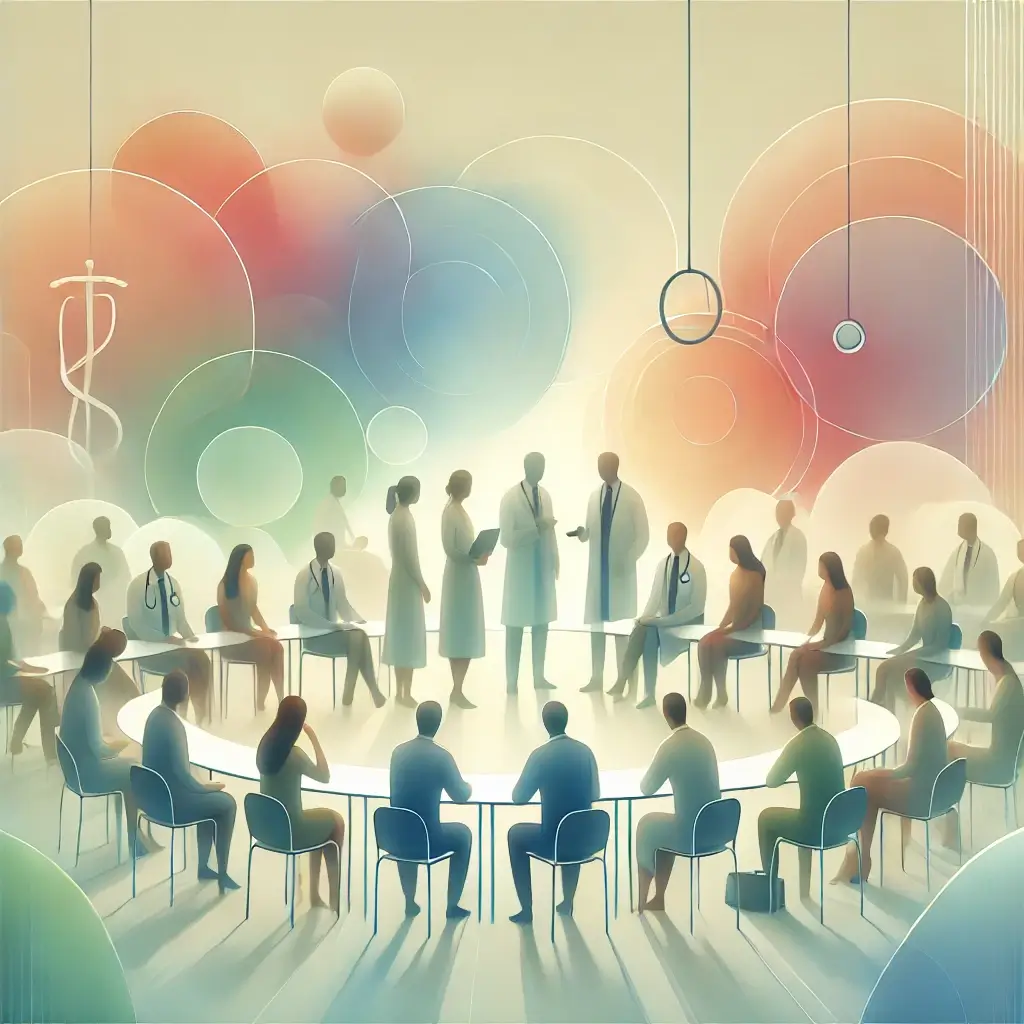
The Human Edge: Where AI Will Always Struggle in Healthcare Publishing
Despite their impressive capabilities, LLMs have inherent limitations, particularly in areas that require human judgment, intuition, and experiential knowledge. In healthcare media publishing, these limitations become apparent when considering the nuanced, peer-driven processes underpinning the most trusted medical knowledge sources.
First and foremost, LLMs are no substitute for the rigorous peer review process. Medical research is not just about generating content; it’s about ensuring that the content is accurate, reliable, and validated by experts in the field. LLMs can summarize and generate text from existing literature, but they lack the human judgment needed to assess the credibility of clinical trials, weigh ethical implications, or engage in the complex discourse that accompanies scientific progress.
In a related vein, LLMs are fundamentally detached from human interaction. They cannot replicate the learning experiences that occur in real-world, in-person settings – such as medical conferences, symposia, and workshops – where healthcare professionals engage in rich dialogue, share personal insights, and challenge one another’s assumptions. Nor can they replace the value of private, physician-only peer-to-peer networks, such as G-Med, where clinicians exchange experiences and advice, often in real time.
New Ground: How LLMs Are Pushing into Healthcare Media
However, LLMs and human publishers are not in direct opposition. Rather, they can complement each other. While LLMs can streamline information processing and automate routine tasks, human editors and experts ensure that published content maintains the rigor and depth required for professional audiences. Together, they enhance the overall ecosystem of healthcare media, providing faster access to information while preserving high standards.
While LLMs may struggle to replace certain human-centric elements of healthcare publishing, they are making significant inroads in other areas. In fact, LLMs have begun to redefine the way general medical information is created, distributed, and consumed.
LLMs excel at generating summaries, extracting key insights from large volumes of data, and automating routine tasks. This makes them ideal tools for medical professionals who need quick access to general medical information, literature searches, or administrative assistance. For example, it is becoming increasingly common for physicians to rely on AI-generated letters for patient referrals, administrative communication, and even insurance documentation. These are tasks that can be repetitive and time-consuming for doctors, but they are relatively easy for an LLM to perform with speed and accuracy.
Start-ups like ReachRx and Medwise.ai are capitalizing on this trend within an HCP media setting, offering AI-powered solutions that deliver curated content and assist healthcare providers repetitive tasks. For patients, the landscape is similarly evolved. Platforms such as AMIE, Azure AI Health Bot, and MedLM are already providing AI-driven health information, supporting patients in managing their health conditions, and guiding them to appropriate medical resources.
LLMs are also beginning to assist in more sophisticated ways beyond automation. They are being used to analyze large datasets, identify trends in medical literature, and even predict future research directions. These tools are not meant to replace traditional publishing processes but to augment them, allowing human experts to focus on the more creative and complex tasks that only human intuition and experience can handle.
This means that traditional healthcare publishers may soon, if not already, find themselves working alongside AI platforms capable of generating medical content at scale. Rather than viewing this as competition, healthcare publishers can integrate AI tools to enhance content delivery, improve efficiency, and maintain their relevance in a rapidly evolving digital landscape.
Finding the Groove: How Healthcare Publishers Should Adapt in a New World
Given the inevitable encroachment of LLMs into healthcare publishing, it’s time for the industry to adapt. Instead of resisting the rise of AI, healthcare publishers need to focus on building on top of these tools, leveraging their unique capabilities while reinforcing their own strengths.
The first step is to recognize that LLMs, for all their brilliance, are still just tools. They excel at processing information but fall short in areas that require human nuance and creativity. Healthcare publishers should focus on areas where they add the most value—such as curating high-quality, peer-reviewed content and facilitating meaningful professional interactions.
One key opportunity lies in proprietary content. As LLMs scrape the vast expanse of open-source material, healthcare publishers need to differentiate themselves by offering exclusive data, insights, and analysis that cannot be easily replicated by AI. Publishers can maintain a competitive edge by investing in proprietary databases, conducting original research, and fostering exclusive networks.
Furthermore, the way content is delivered must evolve. LLMs are driving a shift toward conversational interfaces, where users interact with content through natural language dialogue rather than traditional search engines or static web pages. Healthcare publishers should explore how they can integrate conversational AI into their platforms, allowing users to access personalized medical information in real-time.
In this new world, collaboration between AI and human expertise will be key. LLMs can enhance many processes, but they cannot fully replicate the deep, professional relationships and trust that come from human interactions, though AI-based platforms are beginning to attempt more interactive engagement models. Publishers should focus on creating platforms where physicians feel like they are part of a community, where their professional needs are understood, and where their trust in the content remains unshaken.
The Future Belongs to the Adaptable
The rise of LLMs is not a threat to healthcare publishing—it is a call to innovate. These models have already changed how medical information is accessed and disseminated, but there are still vast opportunities for traditional publishers to lead the way. The future will be shaped by those who can blend the strengths of AI with the irreplaceable value of human insight, expertise, and connection.
As we move forward, healthcare publishers must embrace this technological shift while staying true to their core mission: to support the work of healthcare professionals and journeys of patients by delivering trusted, accurate, and meaningful content. This is not a time for resistance; it is a time for reinvention.
Those who can rise to the occasion—who can leverage AI while enhancing the unique strengths of human-driven healthcare publishing—will not only survive in this new landscape but thrive.

